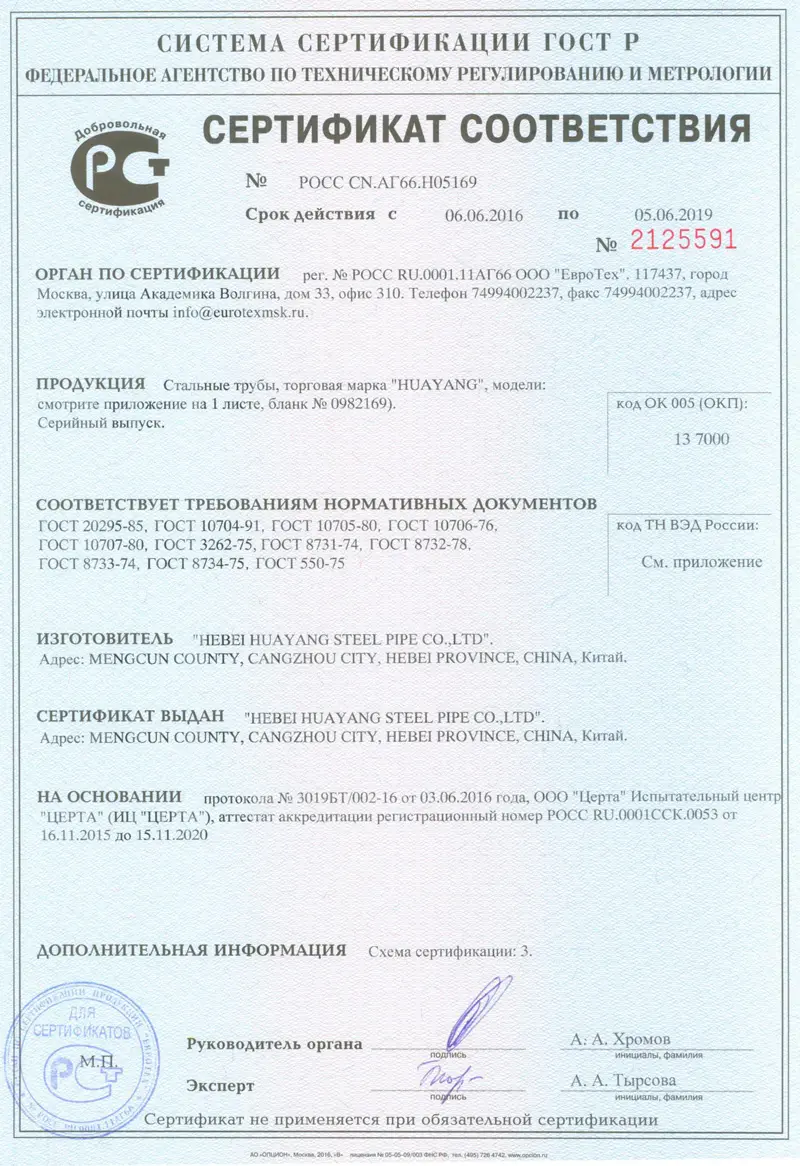
Dec . 04, 2024 15:14 Back to list
Optimizing HPMC Use in Mortar Formulations for Enhanced Performance and Workability
Understanding HPMC in Mortar Applications
Hydroxypropyl Methylcellulose (HPMC) has gained significant recognition within the construction industry, especially in the formulation of mortars. This cellulose ether, derived from natural cellulose, is utilized due to its unique properties that enhance the performance of mortar mixes in various applications. In this article, we will explore the role of HPMC in mortar, its benefits, and reasons for its widespread use.
What is HPMC?
HPMC is a water-soluble polymer that belongs to the cellulose ether family. Its structure involves the substitution of hydroxyl groups on the cellulose chain with hydroxypropyl and methyl groups, which results in improved solubility and thermal stability. In mortar applications, HPMC acts as a thickening agent, film-forming agent, and water-retaining agent, making it incredibly valuable for enhancing the workability and longevity of various types of mortar.
Enhanced Workability
One of the primary benefits of incorporating HPMC into mortar is its ability to improve workability. When mixed with water, HPMC creates a gel-like consistency that increases the viscosity of the mortar. This property allows for easier handling and application, enabling workers to spread and smooth the mortar effortlessly. Improved workability is especially crucial in large-scale construction projects where time efficiency and labor productivity are paramount.
Water Retention
HPMC provides excellent water-retention capabilities, which is particularly important in preventing premature drying of the mortar. When water evaporates too quickly from a mortar mix, it can lead to incomplete hydration of the cement, resulting in weak bond strength and reduced durability. By retaining water for a longer period, HPMC helps ensure that the mortar achieves optimal hydration, allowing for the development of superior strength and durability over time.
hpmc for mortar

Improved Adhesion
Another advantage of using HPMC in mortar is its ability to enhance adhesion. The polymer contributes to the formation of a stronger bond between the mortar and various substrates, such as concrete, bricks, and tiles. Improved adhesion is critical in applications like tile setting, as it prevents issues such as delamination and ensures that the tiles remain securely in place for years to come.
Resistance to Cracking
Integrating HPMC into mortar can also help minimize cracking. The polymer's flexibility allows the mortar to absorb stress and movement without developing cracks. Factors like temperature fluctuations, settling of building materials, and even structural movement can lead to cracking in mortars that lack sufficient elasticity. HPMC mitigates these risks, thus enhancing the overall lifespan and integrity of the constructed surface.
Versatility Across Applications
HPMC is versatile and can be used in various types of mortar, including tile adhesives, repair mortars, renderings, and more. Its properties can be modified to meet specific requirements for different applications, including adjusting viscosity, water retention, and adhesive characteristics. This adaptability makes HPMC a preferred choice for both manufacturers and contractors in the construction industry.
Conclusion
In summary, Hydroxypropyl Methylcellulose offers a plethora of advantages in mortar formulations, making it a sought-after additive in construction. Its ability to enhance workability, retain water, improve adhesion, and reduce cracking contributes to the overall performance and durability of mortar mixes. As the construction industry continues to evolve, the significance of HPMC in improving the quality and longevity of construction materials cannot be overstated. Emphasizing the use of HPMC not only supports the practical aspects of construction but also contributes to sustainable building practices by ensuring longer-lasting structures with reduced repair and maintenance needs.
-
Versatile Hpmc Uses in Different Industries
NewsJun.19,2025
-
Redispersible Powder's Role in Enhancing Durability of Construction Products
NewsJun.19,2025
-
Hydroxyethyl Cellulose Applications Driving Green Industrial Processes
NewsJun.19,2025
-
Exploring Different Redispersible Polymer Powder
NewsJun.19,2025
-
Choosing the Right Mortar Bonding Agent
NewsJun.19,2025
-
Applications and Significance of China Hpmc in Modern Industries
NewsJun.19,2025







